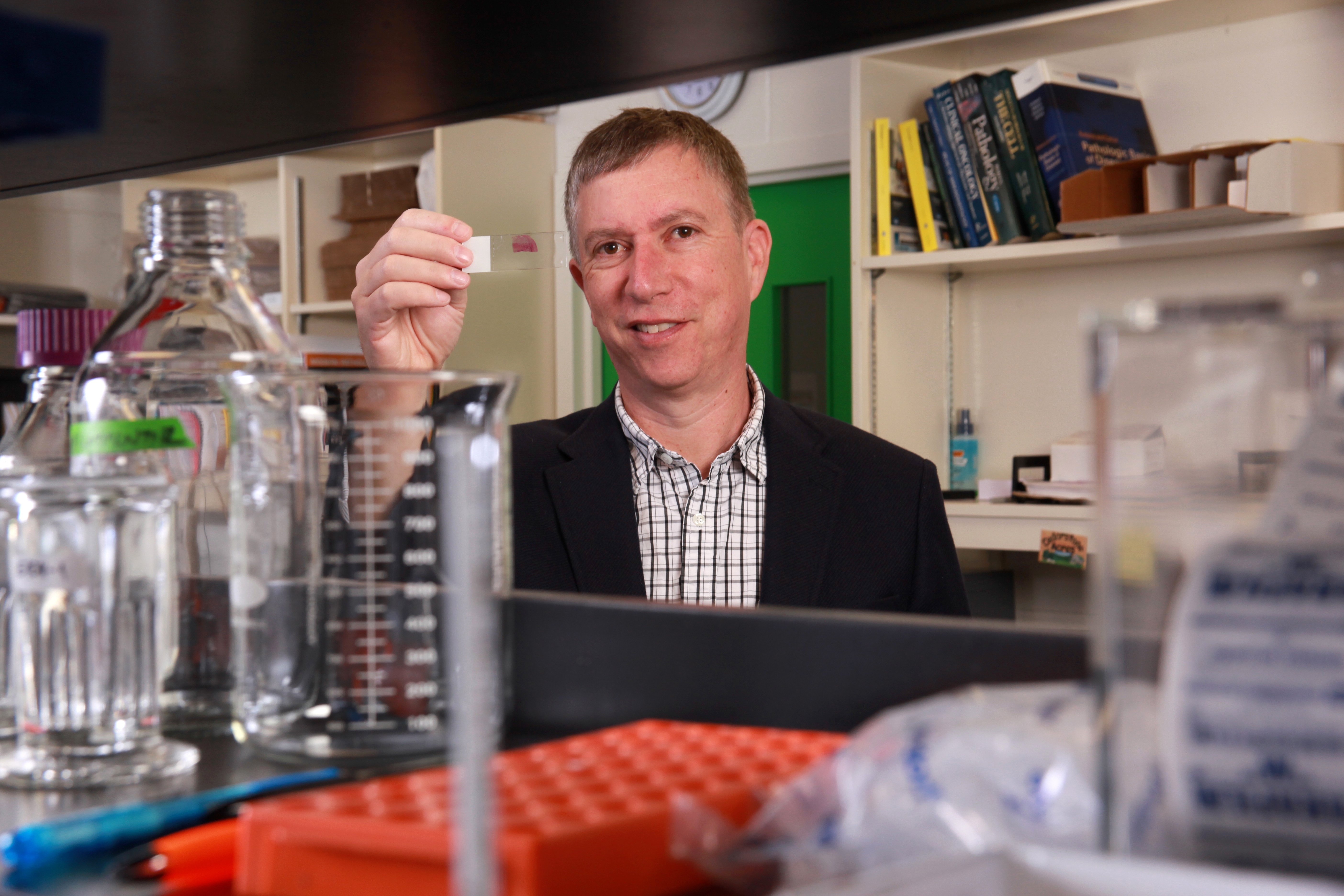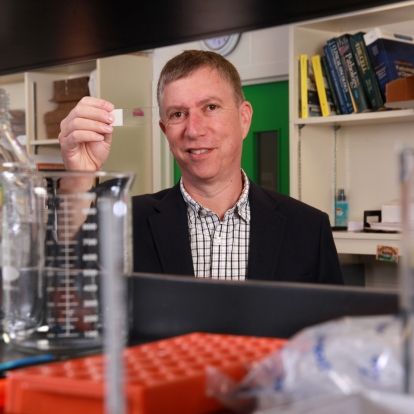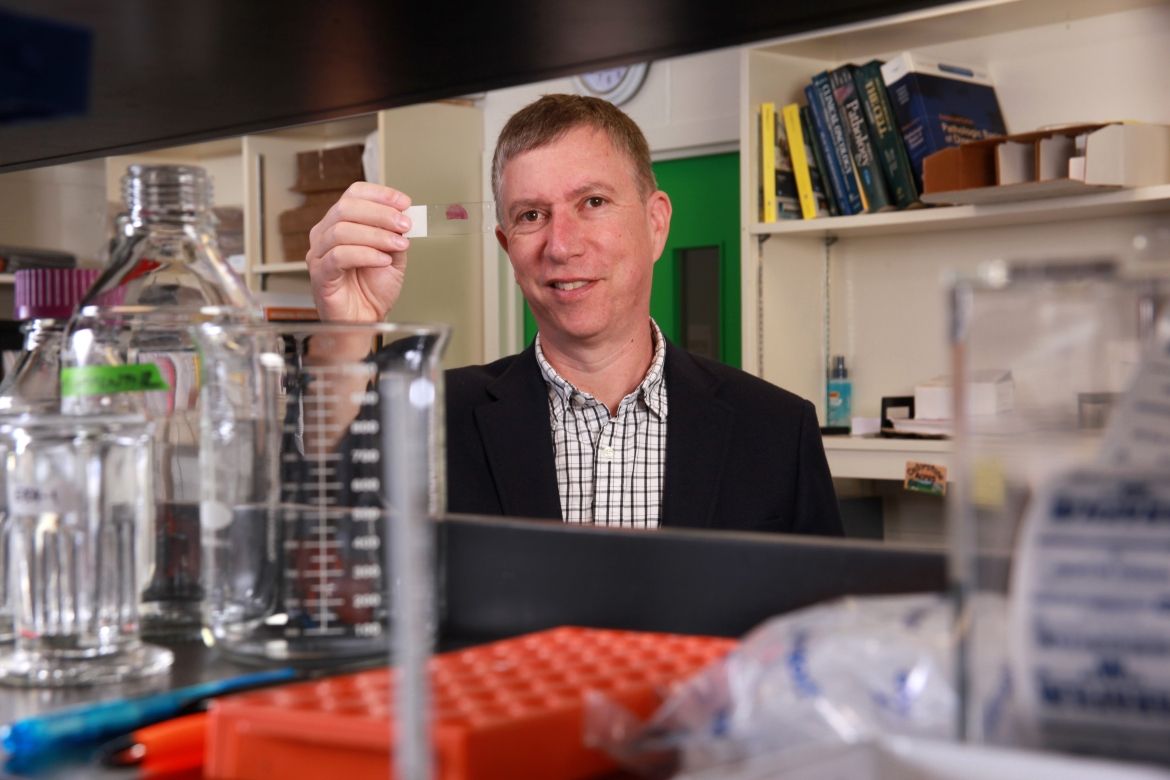Effective immediately masking is required for everyone when present on all inpatient units, in the Emergency Department (ED), the Urgent Care Centre (UCC), and the Children’s Outpatient Centre (COPC).

Research led by Dr. David Berman, Director of the Queen’s Cancer Research Institute and a clinician-scientist with the KGH Research Institute, has identified a simpler, faster and lower-cost approach to diagnostic testing that could rapidly improve personalized treatment of muscle-invasive bladder cancer (MIBC).
Currently, molecular sequencing is widely used in research labs to identify common characteristics among different subtypes of cancer. Through this approach researchers, have discovered tantalizing clues as to which types of cancer will respond well to treatment and which will not.
“Yet these techniques aren’t being tried at the bedside because they are expensive, slow and don’t always provide the answers that we need,” says Dr. Berman, a senior author of the review. “As a result, bladder cancer patients are usually treated with little regard to the cellular and molecular make-up of their cancers.”
A review by a team of expert pathologists from Canada and Sweden found that subtypes of this cancer could be more quickly and easily identified using a new, simple algorithm based on a traditional pathology testing method called immunohistochemistry (IHC). This method can be easily integrated into practice, meaning nearly all hospitals can perform these tests effectively, quickly, and inexpensively.
Instead of looking across tens of thousands of genes, which may cost thousands of dollars, the IHC algorithm could gain valuable information about a patient’s cancer by measuring levels of only 3 proteins, at a cost of few hundred dollars.
“Genome and transcriptome sequencing has been crucial to our understanding of MIBC, but the translation of this understanding to the clinic could be accelerated by using simpler assays,” says Dr. John Bartlett, Program Director of Diagnostic Development at the Ontario Institute for Cancer Research (OICR) and co-author of the paper. “By using established diagnostic assays to distinguish relevant molecular subtypes, research discoveries about these subtypes can be used to rapidly to inform treatment selection.”
“We envision a world where subtyping is efficiently and effectively deployed to ensure that patients who will benefit from treatment get the treatment they need, while others who may gain no benefit from treatment are spared the associated negative side effects,” says Dr. Berman.
“The potential efficiency of an IHC-based technique in MIBC subtyping is clear,” Dr. Berman says. “We look forward to developing and furthering an algorithm to bring MIBC subtyping into practice.”
The review manuscript is available online at the Journal of Pathology website and will be published in the journal's Annual Review edition later this year.





